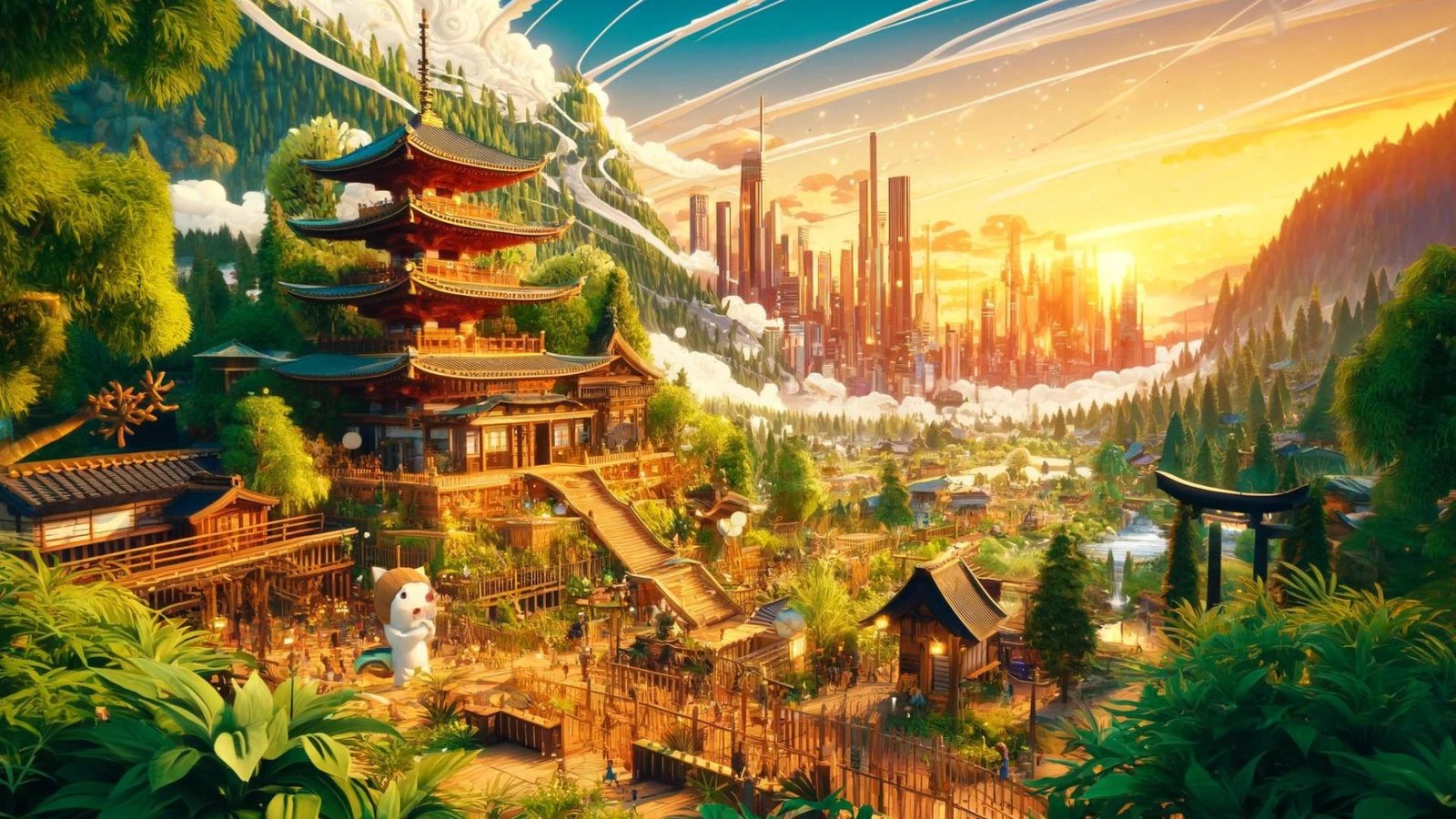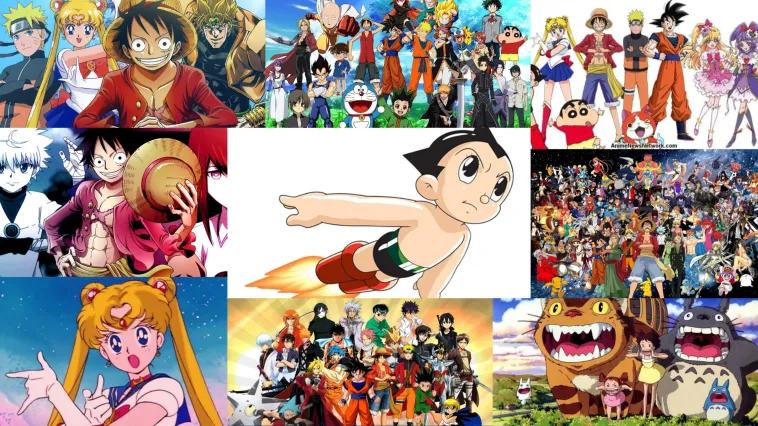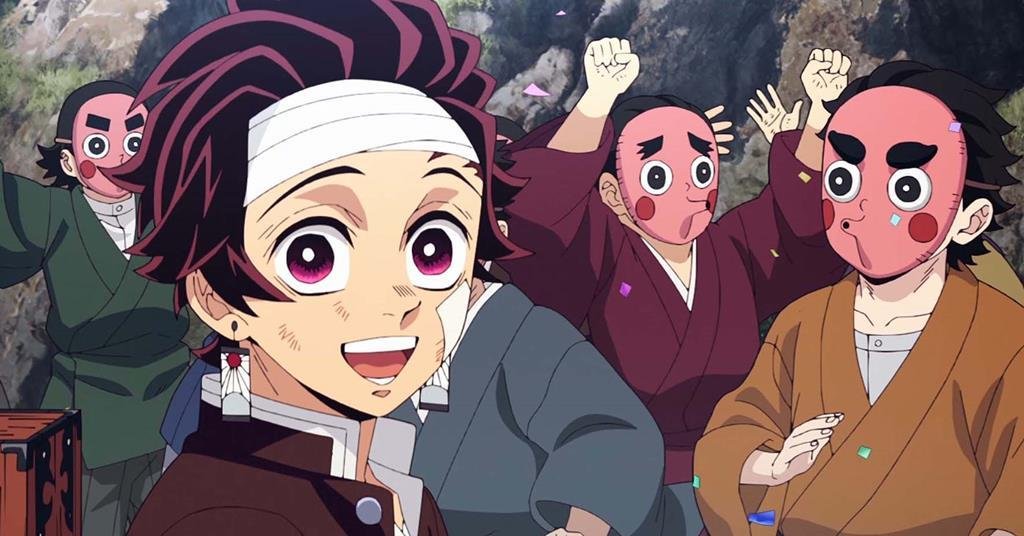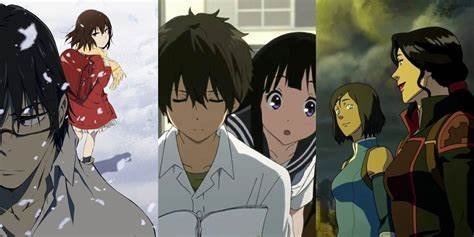Studio Ghibli, the renowned Japanese animation studio founded by Hayao Miyazaki and Isao Takahata, has had a profound impact on the global animation landscape. Its innovative storytelling, distinctive artistic style, and commitment to high-quality animation have influenced both the anime industry and international cinema. Here’s a comprehensive look at how Studio Ghibli has shaped the world of animation.

Innovative Storytelling
Unique Narratives
- Complex Characters: Studio Ghibli films often feature multi-dimensional characters with complex motivations and emotional depth. Characters like Spirited Away’s Chihiro and My Neighbor Totoro’s Satsuki are portrayed with rich backstories and personal growth, setting a high standard for character development in animation.
- Themes of Environmentalism and Feminism: Films such as Princess Mononoke and Kiki’s Delivery Service explore themes of environmentalism and feminism, offering nuanced portrayals of these topics that resonate with audiences worldwide. Ghibli’s emphasis on strong, independent female protagonists has been particularly influential in broadening the scope of animated storytelling.
Original Storytelling Techniques
- Emotional and Philosophical Depth: Studio Ghibli’s films often delve into deep emotional and philosophical themes. For example, The Tale of the Princess Kaguya uses a watercolor-like style to enhance its contemplative narrative, while The Wind Rises blends historical drama with personal introspection.
- Non-linear Narratives: Ghibli’s willingness to experiment with non-linear storytelling and dreamlike sequences challenges conventional narrative structures, offering audiences a more immersive and contemplative viewing experience.
Distinctive Artistic Style
Visual Aesthetics
- Hand-Drawn Animation: Studio Ghibli is renowned for its meticulous hand-drawn animation. Films like My Neighbor Totoro and Howl’s Moving Castle showcase beautifully detailed backgrounds and fluid animation, reflecting the studio’s commitment to traditional techniques.
- Innovative Visual Techniques: The studio has also embraced innovative visual techniques, such as the incorporation of CGI in The Tale of the Princess Kaguya to complement its hand-drawn elements, demonstrating a seamless blend of traditional and modern methods.
Artistic Influence
- Influence on Global Animation: Studio Ghibli’s distinctive art style has inspired animators around the world, influencing both mainstream and independent animation studios. The studio’s emphasis on detailed, hand-drawn visuals has been particularly impactful in encouraging a resurgence of traditional animation techniques in a digital age.
- Cultural Impact: Ghibli’s unique aesthetic has become a hallmark of Japanese animation, contributing to the global recognition and appreciation of anime as an art form.
Cultural and Social Impact
Representation of Japanese Culture
- Cultural Ambassadors: Studio Ghibli’s films often incorporate elements of Japanese culture, folklore, and mythology, offering international audiences a glimpse into Japan’s rich heritage. Films like Spirited Away and Ponyo highlight traditional Japanese themes and settings, fostering cross-cultural understanding.
- Social Commentary: The studio’s films frequently address social and environmental issues, providing thought-provoking commentary on topics such as environmental conservation and the importance of community.
Global Reach and Influence
- International Success: Studio Ghibli’s films have achieved significant international success, with titles like Spirited Away and Howl’s Moving Castle receiving widespread acclaim and awards. The global appeal of Ghibli’s work has helped to elevate the status of Japanese animation on the world stage.
- Impact on International Filmmakers: Many international filmmakers and animators have cited Studio Ghibli as a major influence on their work. The studio’s emphasis on storytelling, character development, and artistic quality has inspired a new generation of animators and storytellers across the globe.
Legacy and Future Directions
Continued Influence
- Preservation of Traditional Techniques: Studio Ghibli’s commitment to hand-drawn animation has contributed to the preservation and appreciation of traditional animation techniques. The studio’s approach serves as a reminder of the artistry and craftsmanship involved in animation.
- Ongoing Projects and Collaborations: Despite the retirement of key figures like Hayao Miyazaki, Studio Ghibli continues to work on new projects and collaborations, ensuring that its legacy of innovation and creativity endures.
Educational and Cultural Contributions
- Educational Resources: Studio Ghibli has also contributed to the field of animation education through workshops, exhibitions, and publications. The studio’s educational initiatives help to inspire and educate aspiring animators and filmmakers.
- Cultural Institutions: The Ghibli Museum in Mitaka, Tokyo, serves as a cultural institution dedicated to the studio’s work, providing visitors with an immersive experience and insight into the creative process behind Ghibli’s films.
Conclusion
Studio Ghibli’s impact on animation extends far beyond its artistic achievements. Through its innovative storytelling, distinctive artistic style, and cultural contributions, the studio has redefined the possibilities of animated cinema. Its influence continues to shape the animation industry and inspire audiences and creators around the world, ensuring that Studio Ghibli’s legacy will endure for generations to come.











